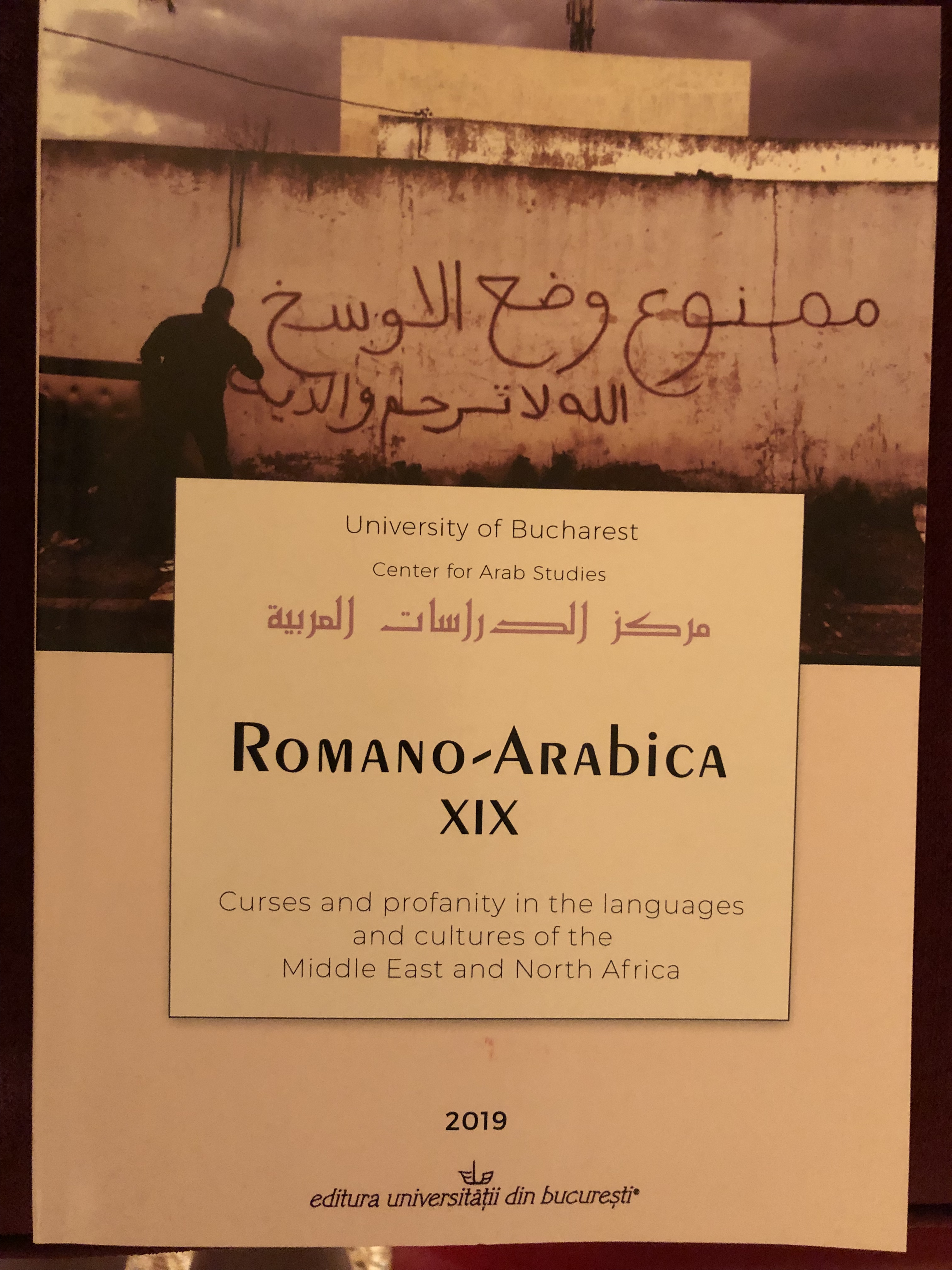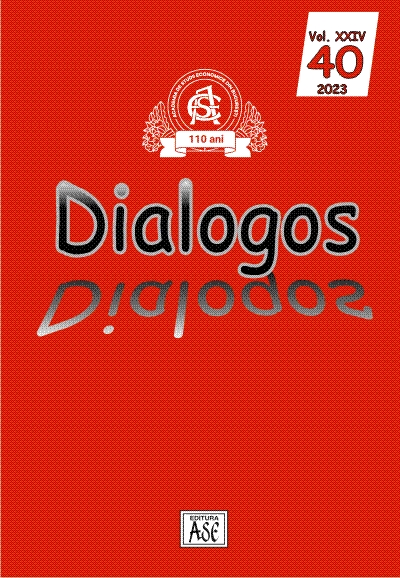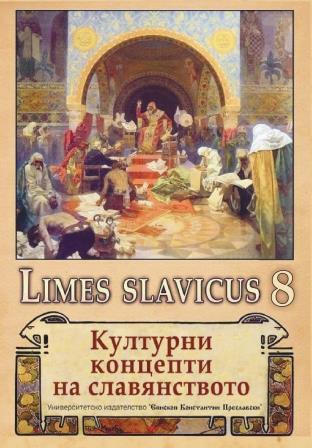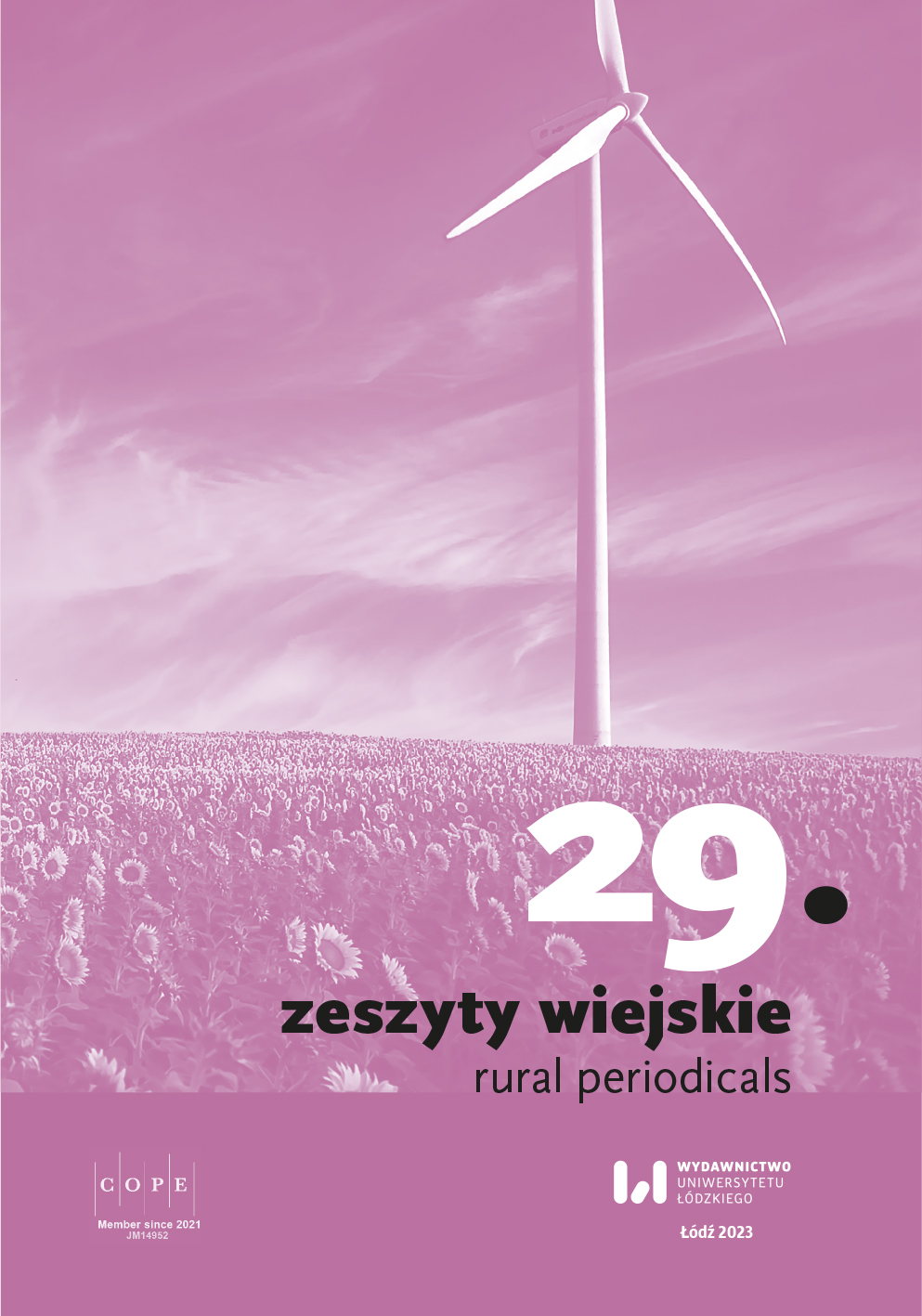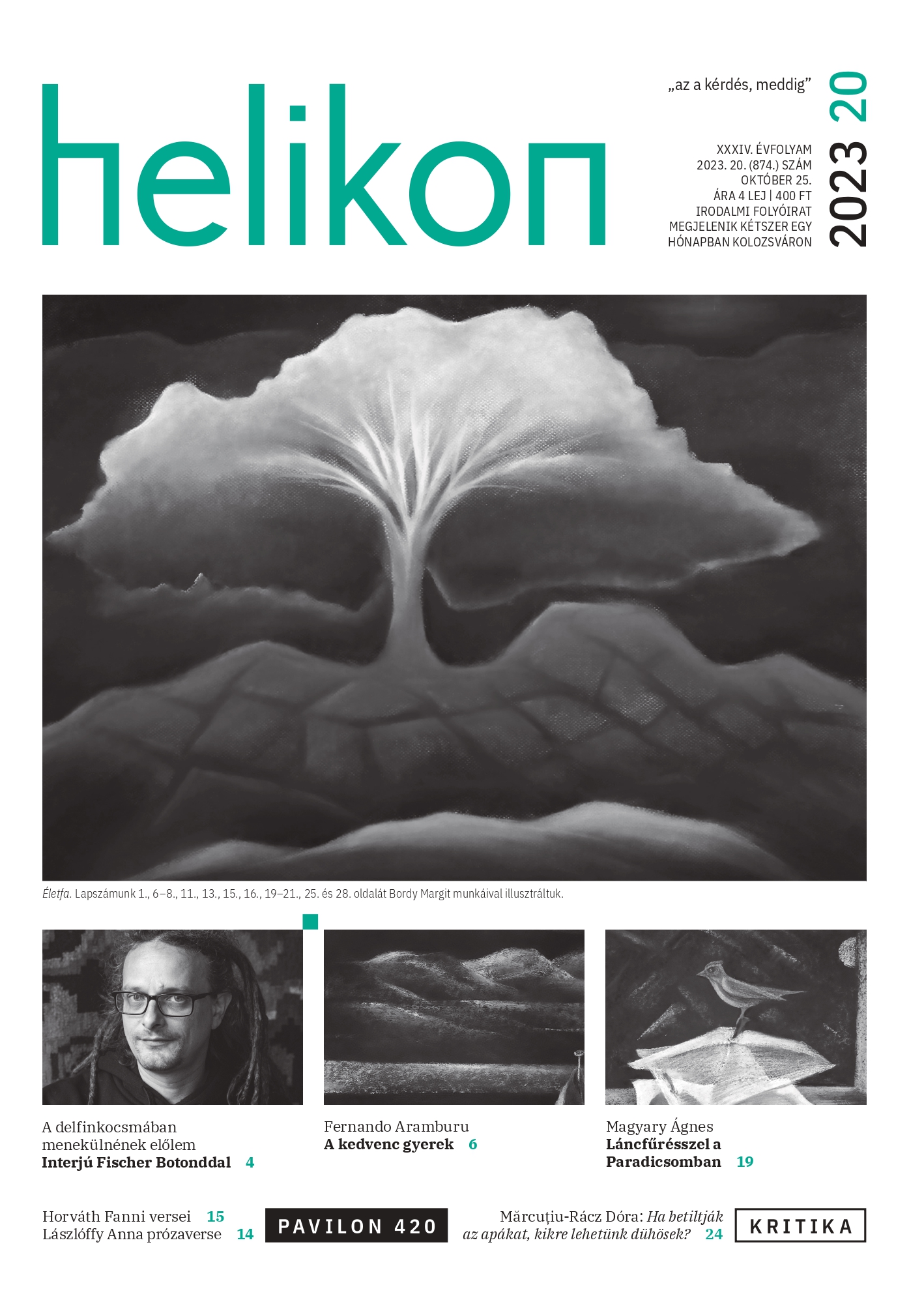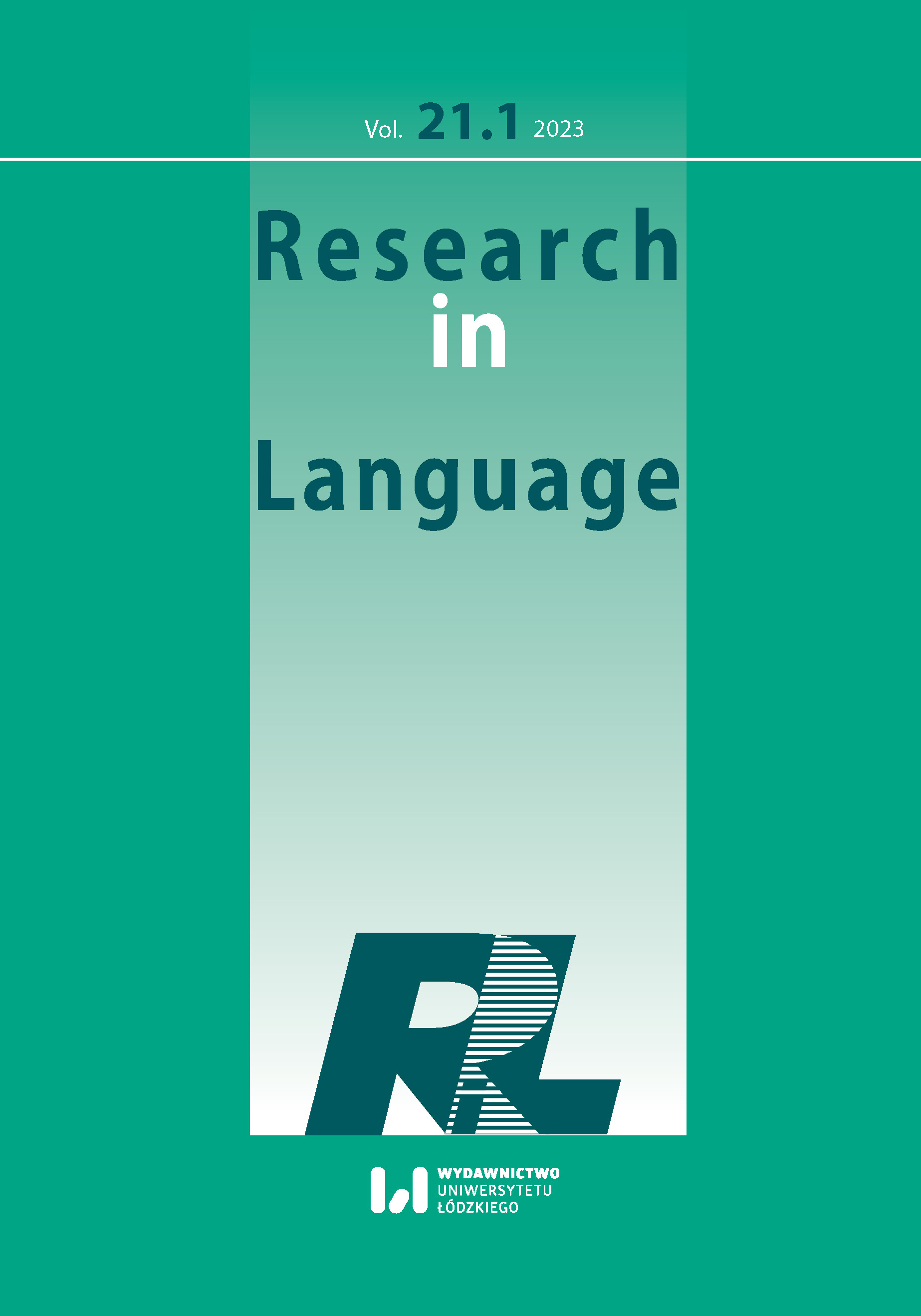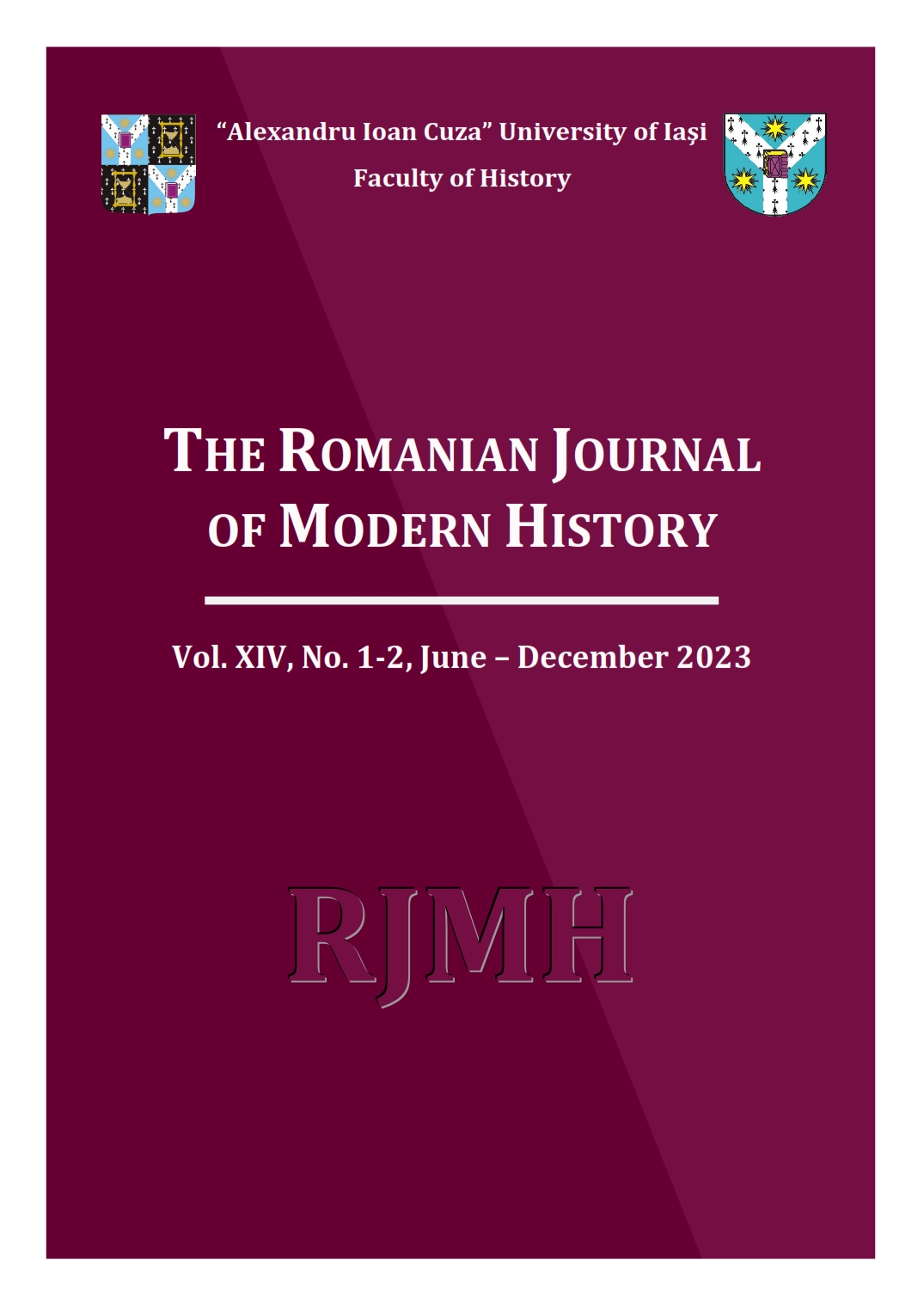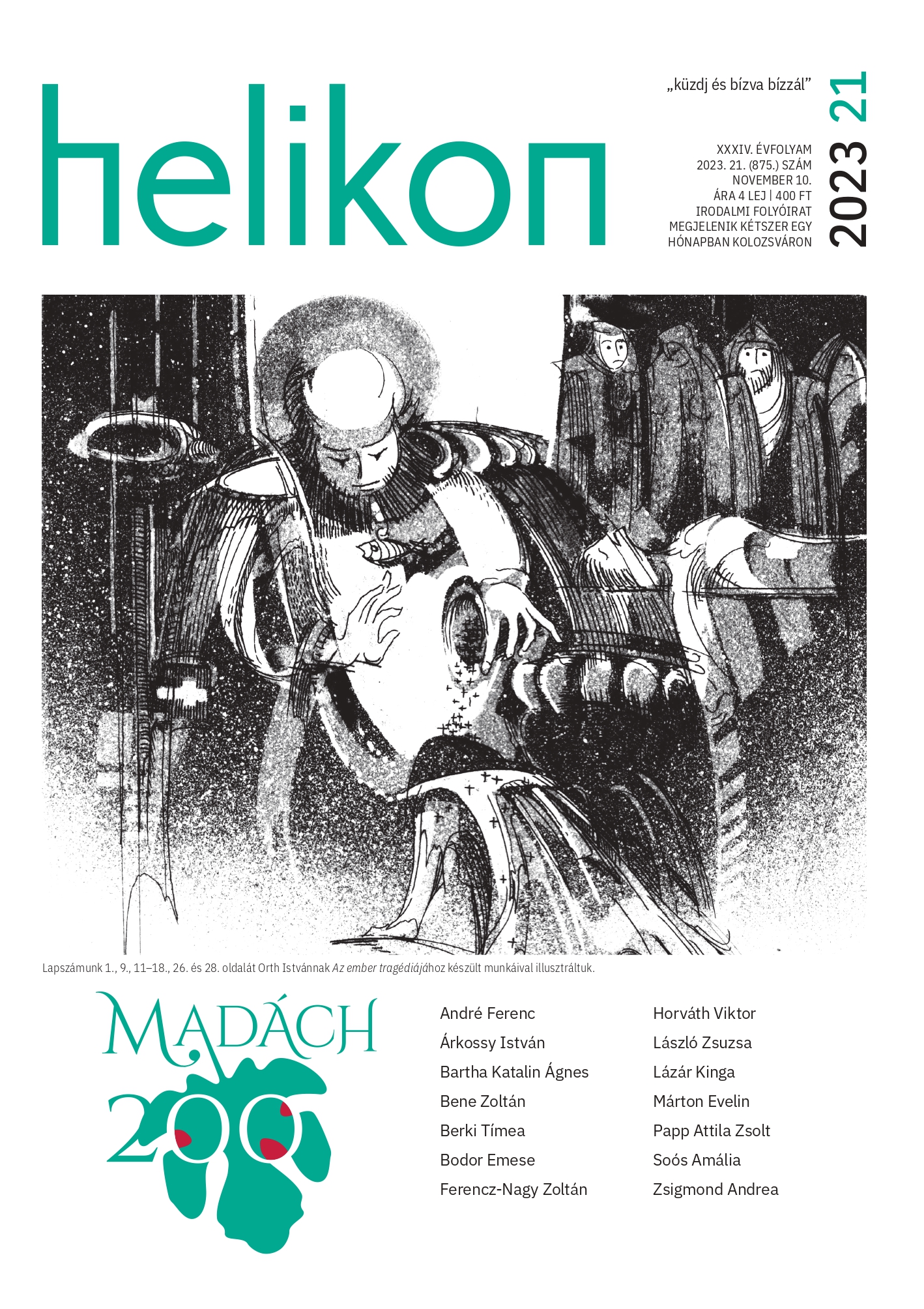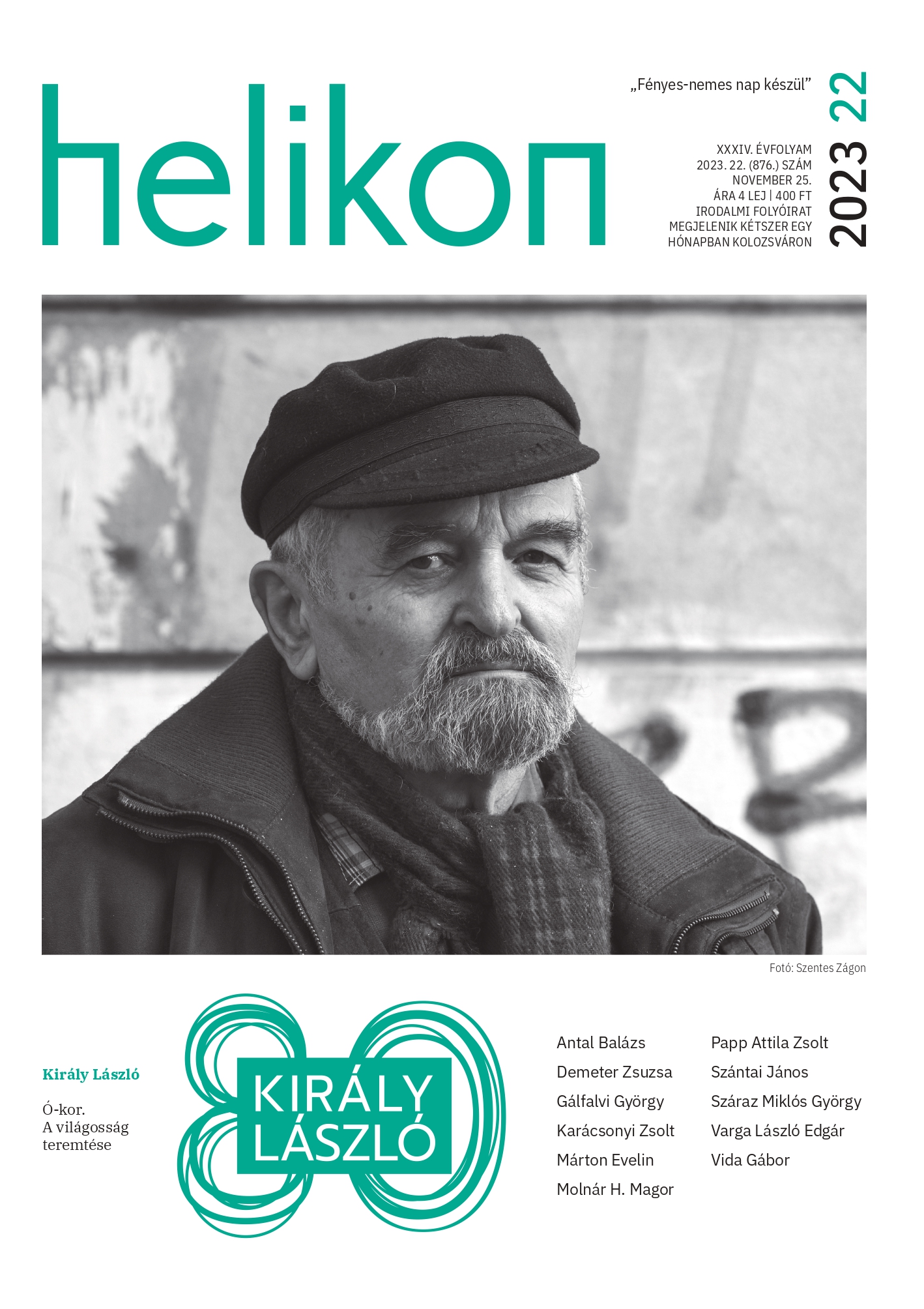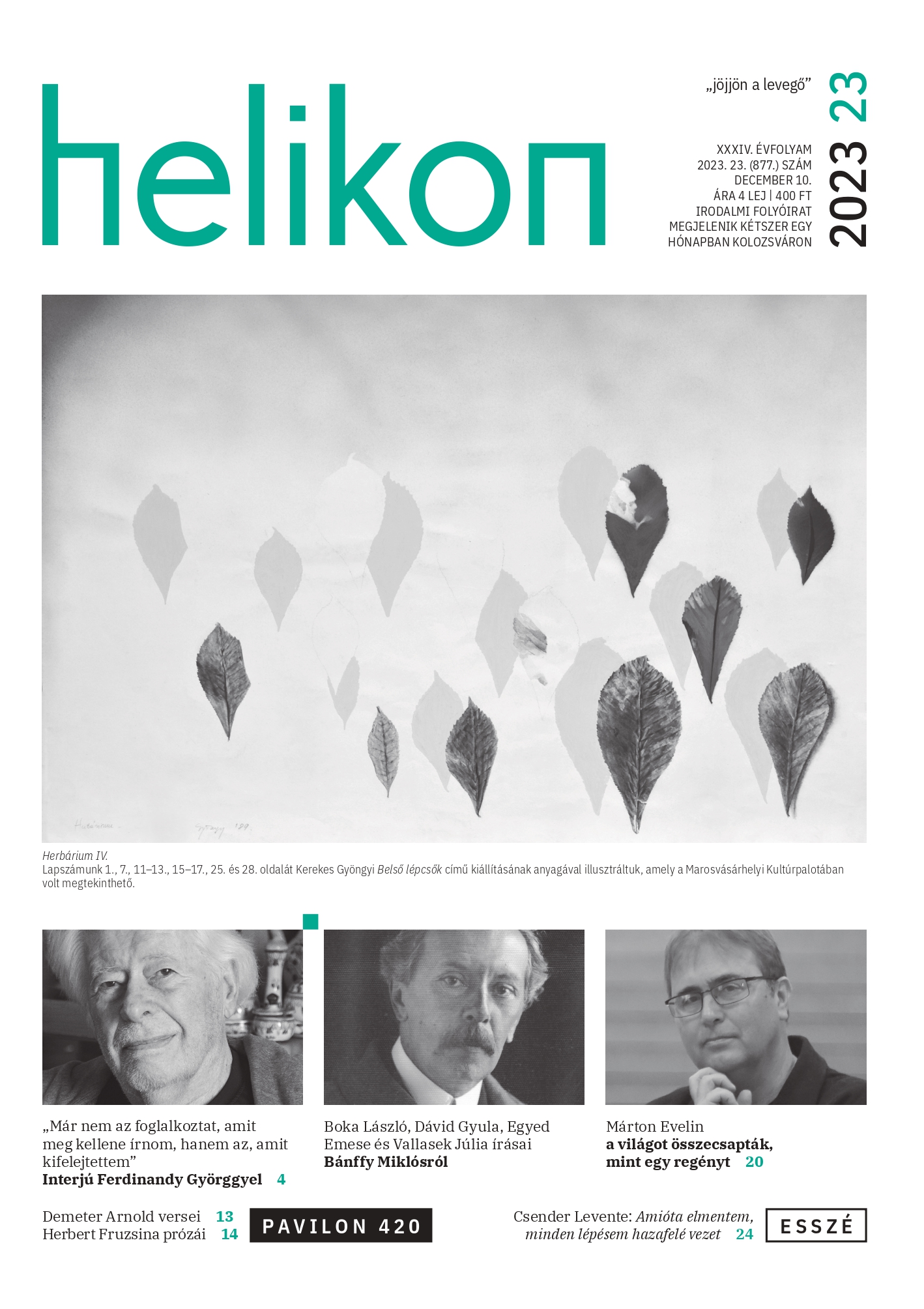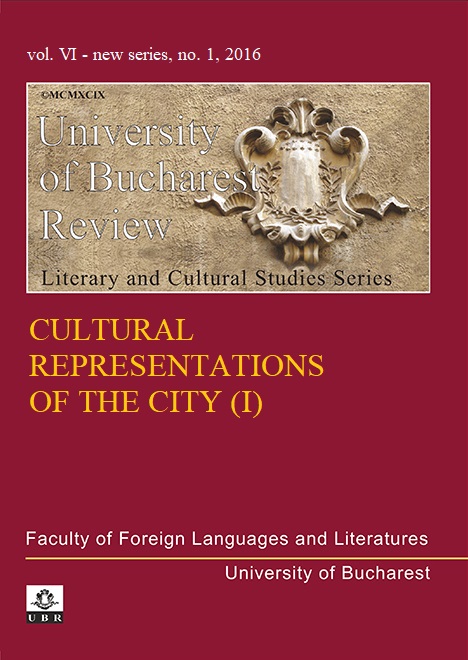
“ALL WE NEED IS A PLACE TO BELONG”: VISIONS OF LONDON IN CONTEMPORARY BRITISH WOMEN’S POETRY
For the latest generations of British poets known as the New Generation(1994), Next Generation (2004), and Next Generation 2014, London is the place ofinfinite possibilities that enhance mental versatility and emotional metamorphosistesting, contesting and ultimately attesting identity by blurring the boundaries ofcoherent individuality. This paper proposes an attempt to identify a gynocentricaesthetic orientation originating in urban selfhood by scrutinising severalrepresentative poems by Moniza Alvi, Patience Agbabi and Kate Tempest whoadvance alternative portrayals of the megalopolis in life stories of a generic homourbanus (dis)located in London. The assimilation of the mega-city during the processof selfing forges a specific ethos interpreted through a variety of megalopolitanexperiences among which one can distinguish Londonicity (the ability to conform tothe metropolitan code), ventured Londonification (the endeavour to conquer the hugeconurbation) and Londonimity (urban inadequacy, a tendency to display selfeffacement).However, these poets’ urban psychogeography converges into aparticular state of mind nurtured by their imaginary experience of London as assumeddestiny, a way to shape and re-shape personal cultural codes, providing solidarguments in favour of a gynopoetics of the metropolis forged by the discursivestrategies employed in the female-authored poetic texts.
More...
